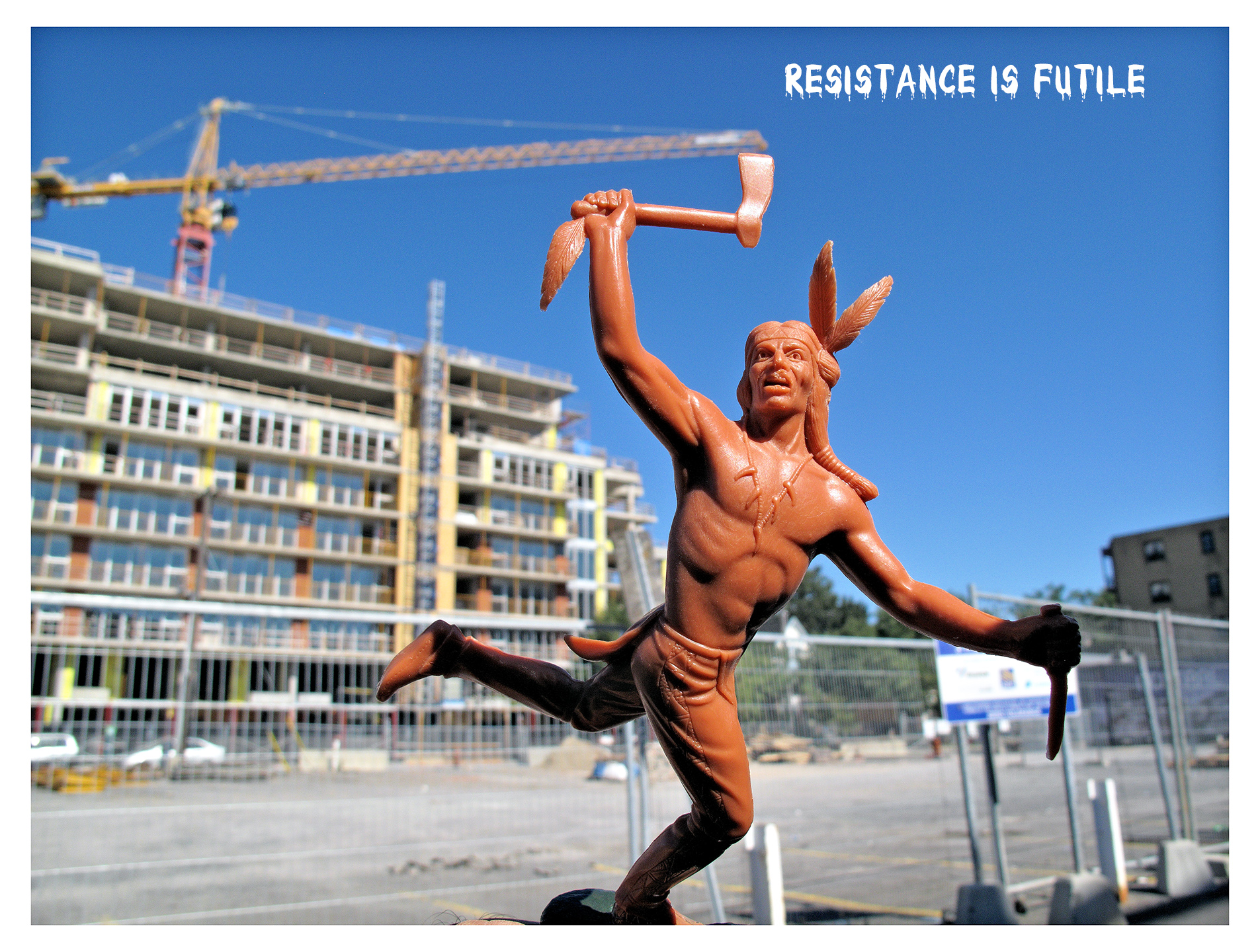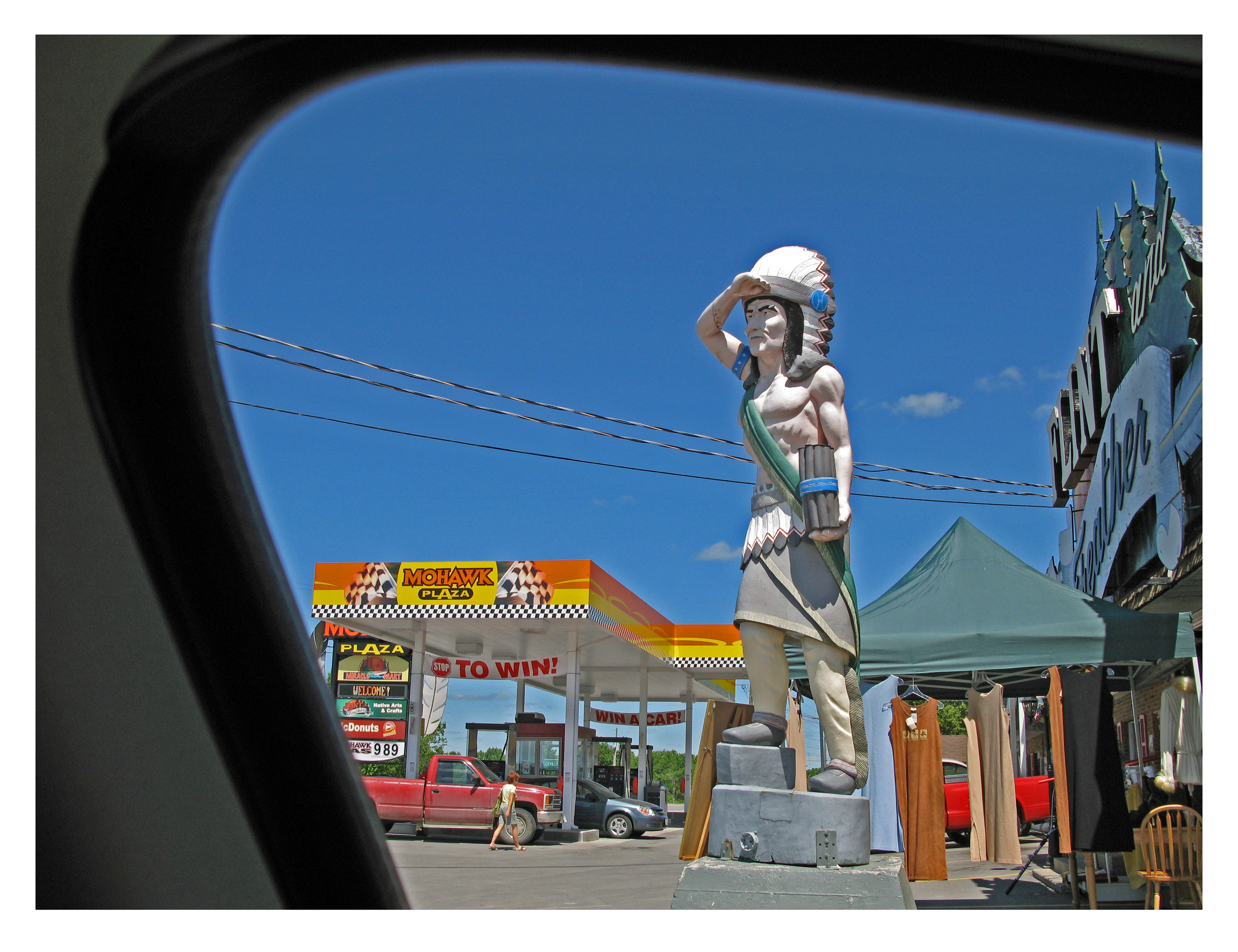Bio
Jeff Thomas is an independent curator and photographer who deals, in examination of his own history and identity, with issues of aboriginality that have arisen at the intersections of Native and non-Native cultures in what is now Ontario and northern New York state. Nationally recognized for ground-breaking scholarship and innovative curatorial practice in this area, he has been involved in major projects at such prominent cultural institutions in Canada as the Canadian Museum of Civilization, the Woodlands Cultural Centre, the Art Gallery of Ontario, and Library and Archives Canada.
As his curatorial projects, publications and exhibitions amply demonstrate he is committed to work dealing with issues of race, aboriginality, and gender in both archival and contemporary photography dealing with Aboriginal peoples. He is author of Where are the Children? Healing the Legacy of the Residential Schools, a ground-breaking exhibition sponsored by the Aboriginal Healing Foundation to publicly recognize, through photographic history, the aboriginal experience of the residential school system in Canada. His research into historical aboriginal experience and its contemporary relevance has also resulted in the Canadian Museum of Civilization project, Emergence from the Shadow: First People’s Photographic Perspectives, a critically-acclaimed study historical photographs by early 20th century Canadian anthropologists of members of the Six Nations community at Brantford, a show that provided contemporary members of that community their first access to these images of their ancestors and of historical life on the reserve.
It is not surprising, as a result, that he was commissioned to research and design the first Aboriginal intervention into the Euro-Canadian art installation at the Art Gallery of Ontario, No Escapin’ This: Confronting Images of Aboriginal Leadership. Intended to mark the institution’s new commitment to the introduction of Native history into the gallery’s spaces, No Escapin’ This has also effectively solidified Thomas’s place at the forefront of scholarship at the intersection of Native and non-Native histories in Canada.
Lynda Jessup
Ottawa, Ontario, Buffalo Robe, Canada Day
Artist Statement
I am a self-taught photo-based artist and curator and my career in the visual arts began in 1979 following a life changing car accident that left me unable to work again. I turned to my interest in photography to begin a new life and focus on confronting photo-based stereotypes of aboriginal people. My research of photographic history pointed out two significant absences that would become the point of departure: The first was photographs depicting aboriginal people living in cities and the absence of images produced by aboriginal people. I was frustrated by the silence and challenged to stimulate conversations that did not exist.
I was born in Buffalo, New York and I am also an enrolled member of the Six Nations Reserve, my work would eventually lead to self-describe myself as an urban-Iroquois and finding a balance between the Iroquois identity my elders at Six Nations instilled me with as a teenager and the agency of survival in the city, in essence my career began with a goal of weaving a new story from the fragmented cultural elements left in the wake of North American colonialism.
From the inception of my practice I was influenced by the work of American photographer Edward S. Curtis, whose seminal work The North American Indian, would create a tension point for me. The idea was not to recreate a modern version of his study of tribal culture but to consider what he did “not” photograph and move forward. My intent of engaging the people he photographed was to break through its stasis with a post-colonial conversation on Indian-ness. My series “The Conversation” is the result of my 33 year journey.
Tyendinaga Reserve, Ontario, Drive by view of Mohawk Plaza




